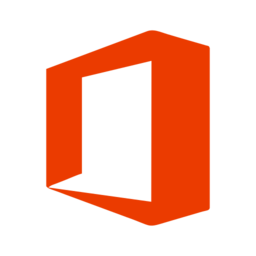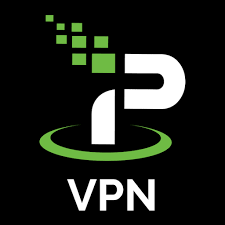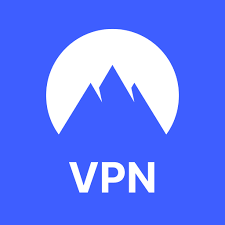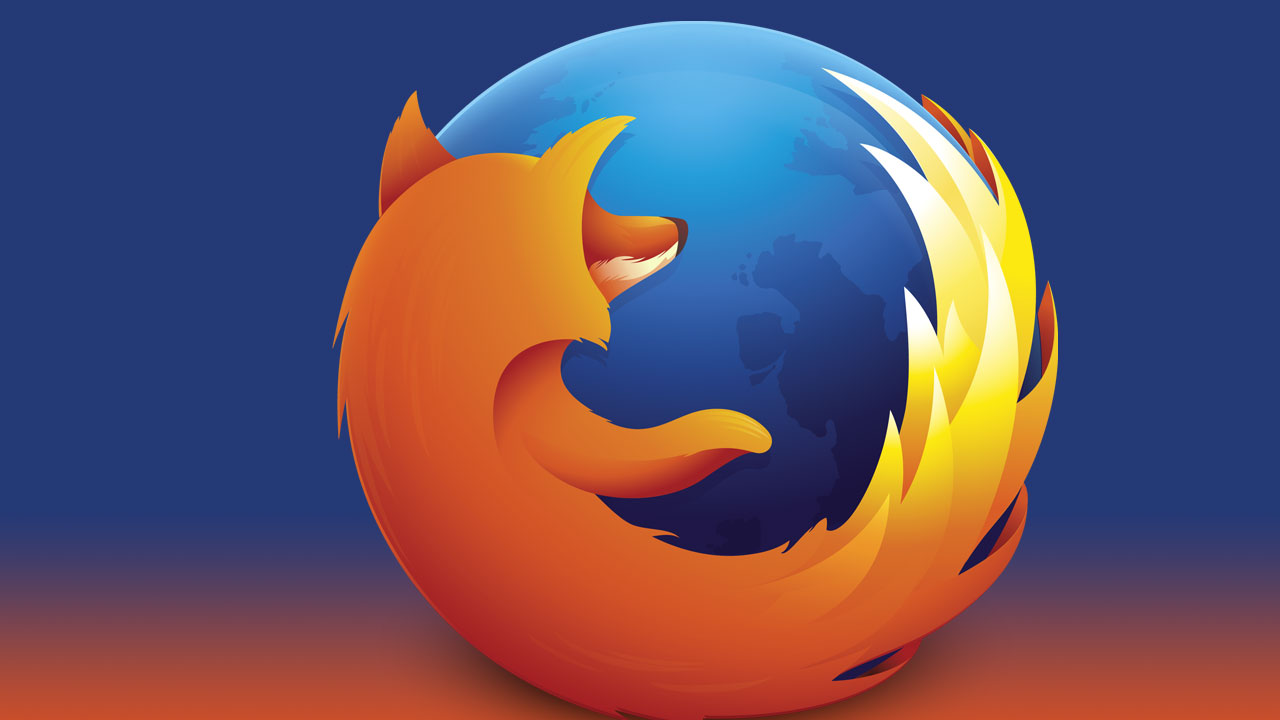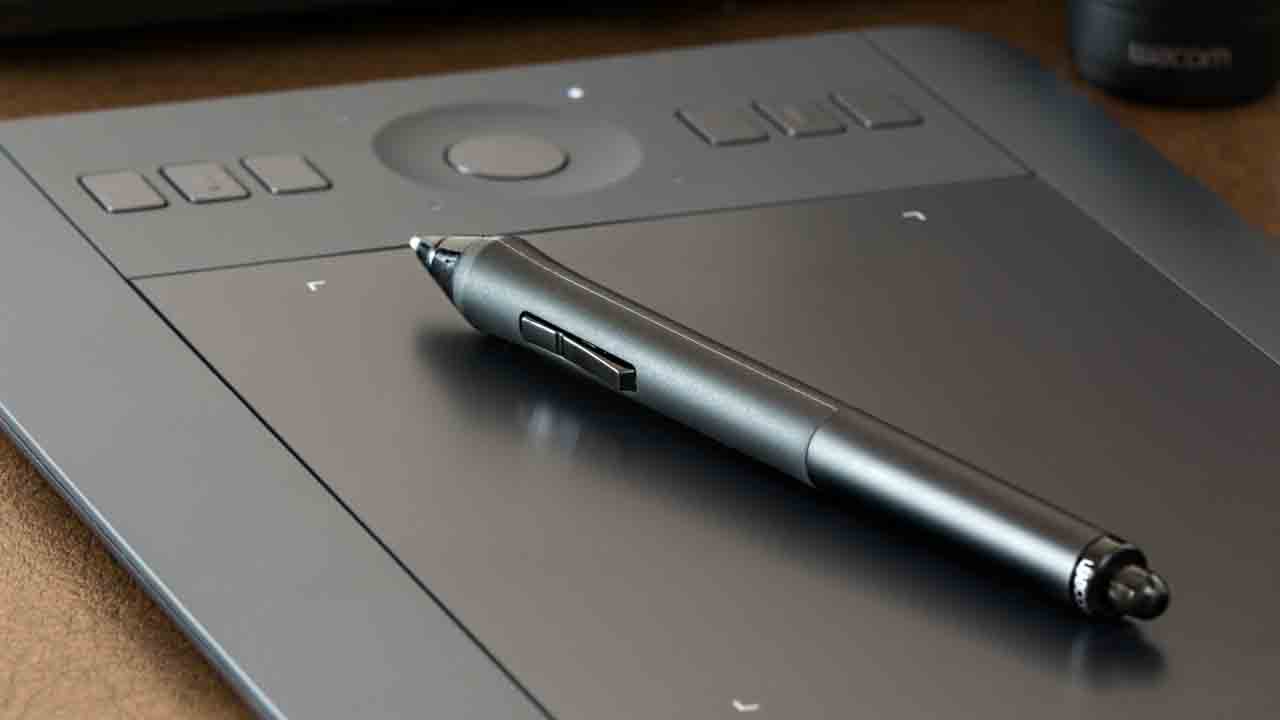GIMP (GNU Image Manipulation Program) is a powerful, open-source, and free image editing software that is often regarded as one of the best alternatives to Adobe Photoshop. It is widely used by graphic designers, photographers, and digital artists for tasks like photo retouching, image composition, and creating original artwork.
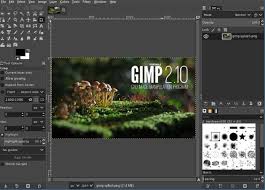
Key Features of GIMP:
- Comprehensive Image Editing Tools:
GIMP offers a wide range of tools for image editing, including selection tools (like rectangle, ellipse, free select), paint tools (brush, pencil, airbrush), and transformation tools (scale, rotate, shear). It’s ideal for both simple and complex image manipulation. - Customizable Interface:
The interface is highly customizable, allowing users to rearrange panels and tools based on their preferences. This flexibility helps improve workflow and productivity, especially for users with specific needs. - Layer Support:
GIMP supports working with layers, which makes it easier to manage different elements of an image, apply effects non-destructively, and perform advanced image manipulation. Layers can be blended, adjusted, and manipulated independently for greater creative control. - Advanced Photo Retouching:
GIMP includes tools for photo enhancement and restoration, such as the clone tool, healing tool, and perspective correction. You can fix blemishes, remove unwanted objects, and improve the overall appearance of an image. - Filters & Effects:
GIMP has a wide variety of built-in filters and effects that can be applied to images, including blur, sharpening, distortions, noise, and artistic effects. You can also download and install additional plug-ins to extend its functionality. - Supports Multiple File Formats:
GIMP supports a wide range of file formats, including JPEG, PNG, GIF, TIFF, PSD (Photoshop), and even RAW image files. This ensures that users can work with virtually any image format. - Vector Graphics:
GIMP supports vector graphics through the use of paths, allowing you to create scalable shapes and lines. However, GIMP is primarily a raster-based program, and more complex vector illustrations are better handled by software like Inkscape. - Scripting and Automation:
GIMP allows users to automate repetitive tasks using scripting languages like Python and Scheme. This is especially useful for users who need to apply the same edits to multiple images or perform batch processing. - Free and Open-Source:
One of the biggest advantages of GIMP is that it’s completely free and open-source. This means users can download, use, and modify the software without any cost. Additionally, the open-source nature of GIMP has led to a large community of users who contribute to its development and provide support through forums and tutorials. - Extensive Plug-In Library:
GIMP has an extensive library of plug-ins and add-ons that can enhance its functionality. Whether you need new filters, effects, or specialized tools, there’s a plug-in for nearly every requirement. - Cross-Platform:
GIMP works on multiple platforms, including Windows, macOS, and Linux, making it a versatile choice for users across different operating systems.
Pros of GIMP:
- Free and Open-Source: GIMP is free to use, with no hidden costs or subscriptions.
- Customizability: You can tailor the workspace to fit your personal workflow.
- Active Community: The GIMP community is active in developing plugins, tutorials, and troubleshooting.
- Wide Range of Features: It offers most of the essential tools you would need for photo manipulation, graphic design, and digital art.
Cons of GIMP:
- Learning Curve: For beginners, GIMP can be challenging to learn due to its vast range of features and interface. However, there are many tutorials available online.
- Not as Polished as Photoshop: While GIMP has many powerful tools, some advanced features of Photoshop are more refined. For instance, GIMP may lack the precision and polish in certain professional workflows (like advanced color grading or photo retouching).
- Limited Vector Tools: While GIMP supports basic vector graphics, it’s not as robust as software like Illustrator or Inkscape for complex vector illustration.
Use Cases:
- Photo Editing: GIMP is excellent for retouching photos, enhancing images, and creating digital artwork from scratch.
- Graphic Design: Designers can create posters, brochures, web graphics, logos, and more.
- Digital Art: Artists use GIMP for creating digital paintings, illustrations, and concept art.
- Batch Processing: Through scripting and plug-ins, GIMP can handle batch processing tasks like resizing or converting multiple images.
Summary:
GIMP is a fantastic free alternative to commercial image editing software like Adobe Photoshop, offering many of the same powerful features. While it may take some time to learn and may lack certain advanced features, it is an excellent tool for anyone looking for a free, open-source solution for photo manipulation, graphic design, and digital artwork. Its flexibility, extensive toolset, and active community make it an invaluable resource for hobbyists, students, and professionals alike.





